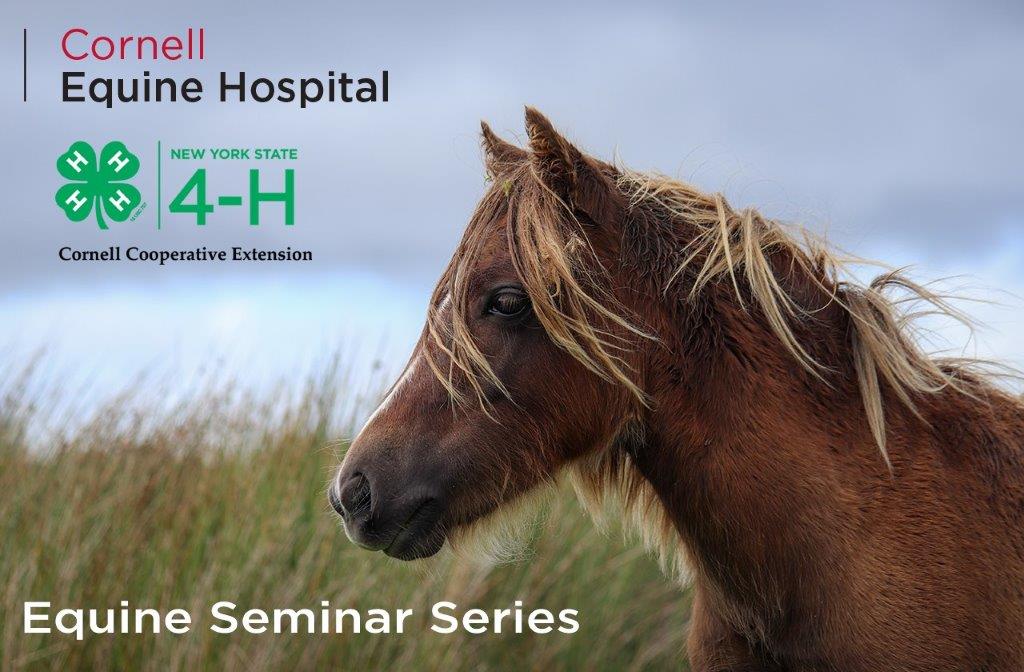How do you turn a highly tuned racehorse into a calm therapy horse? What characteristics do you look for to identify those horses suited to a new career in equine assisted therapy?
Equine Assisted Therapy (EAT) could include work with a diverse group of people, from veterans and disabled children to those struggling with mental health issues.
New research, led by academics at the University of Bristol’s Veterinary School, will examine the selection, training, and welfare of thoroughbred horses as they retire from racing and retrain to become therapy horses.
The three-year PhD study, run in collaboration with Racing to Relate, aims to develop a recognised global welfare standard for former racehorses who are moving into Equine Assisted Therapy. It is hoped this will help the racing industry improve welfare support for off-track racehorses going into a career in EAT.
Little research has been carried out so far on the welfare of horses within EAT programmes, and especially on the impact it may have on their wellbeing.
This new project will analyse the current selection and training methods within the sector and identify specific characteristics of the thoroughbred that are suited to EAT. It will also explore details of the life and routine of equines within equine assisted therapy programmes, and consider welfare outcomes for both the horses and the people who work with them.
The research, being funded by the John Pearce Foundation, is thought to be the first of its kind to study EAT across many countries. It will look at practices in the UK, USA, France and Ireland, to understand the impact of EAT on the horses.
Claire Neveux, Bristol Vet School PhD student for the project, said: "I have worked with thoroughbreds for about 20 years, mainly with broodmares and young horses, and I have always been amazed by their high reactivity and sensitivity. I'm also fascinated by the human-horse relationship. I had a few opportunities to participate in Equine Assisted Therapy programmes as an intern during my graduate studies. That's why, when I met Jennifer Twomey from Racing to Relate, I took the opportunity to be part of this pioneering and collaborative project, and I'm thrilled to contribute to this research. I'm convinced that a better understanding of the thoroughbred personality traits and suitability of horses for EAT is essential for equine and human welfare."
For more details, see:
http://bristol.ac.uk/news/2021/september/thoroughbred-study.html







